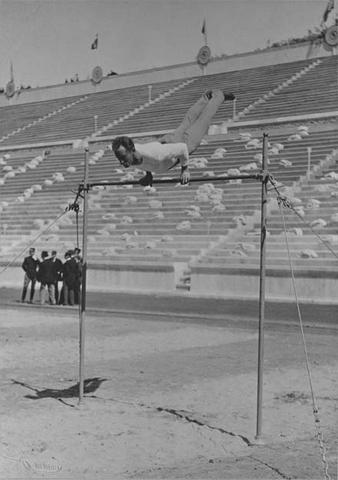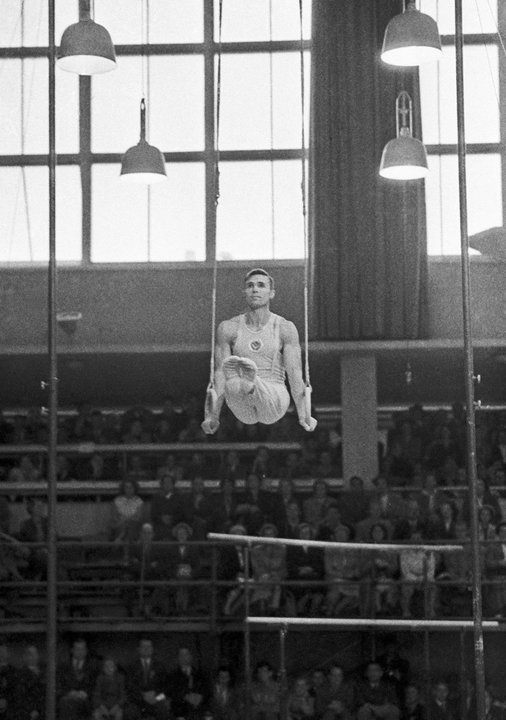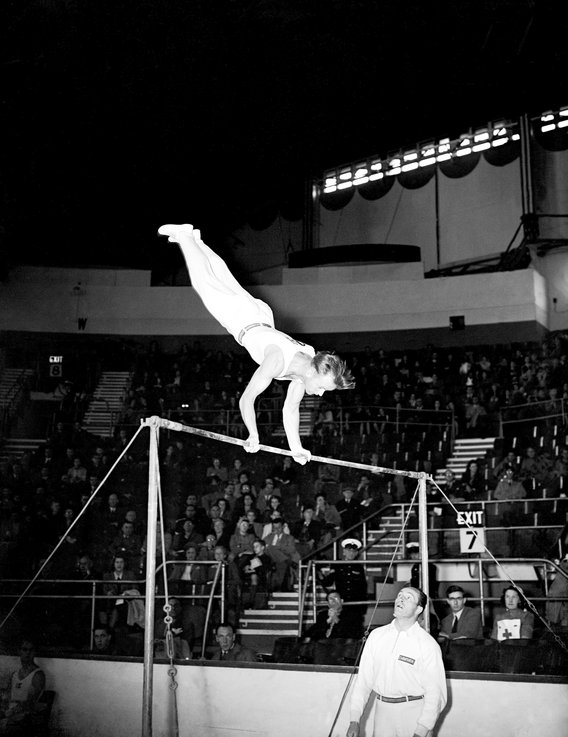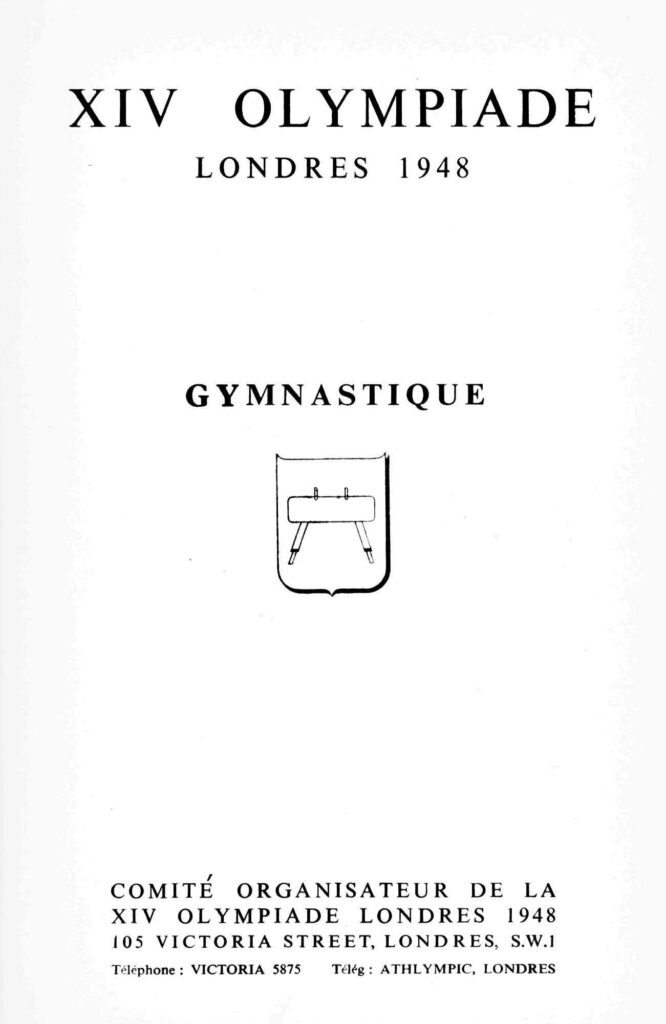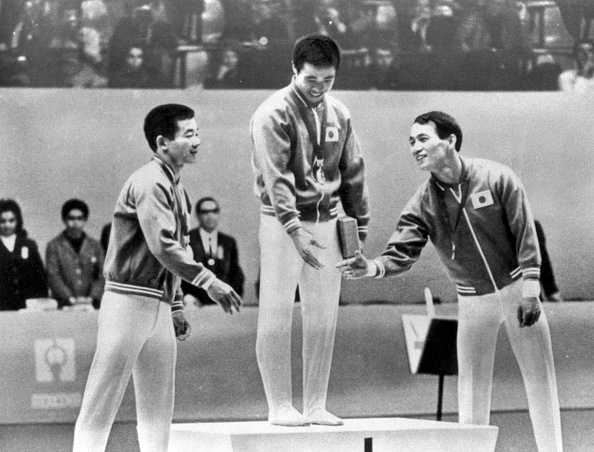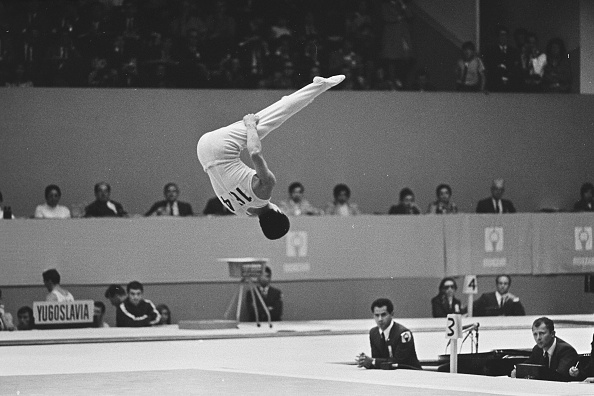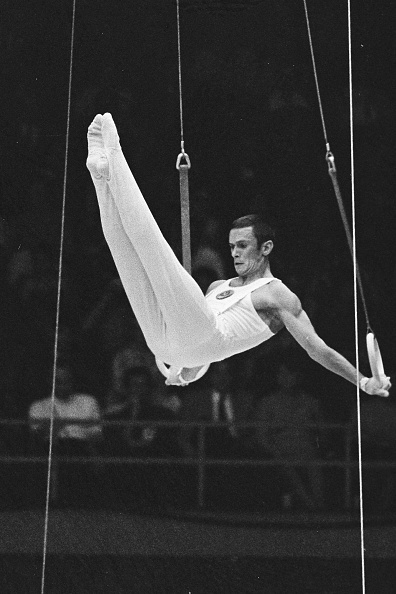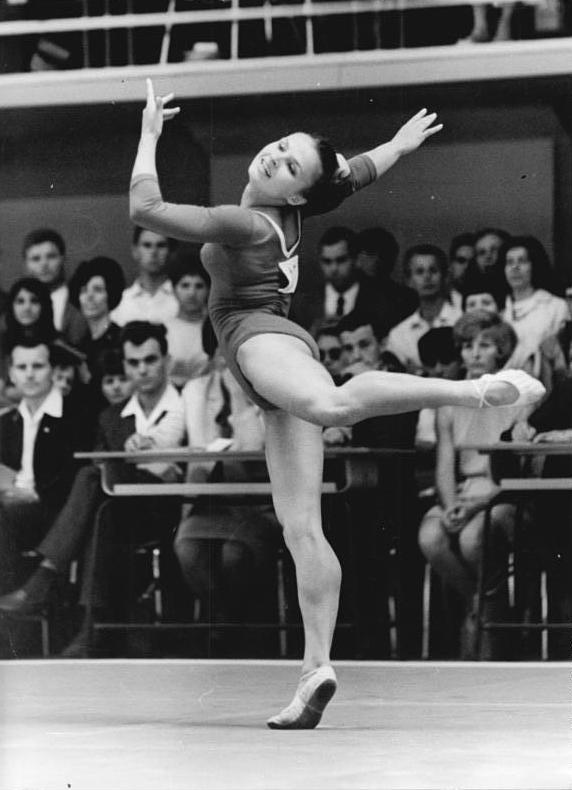Nowadays, we see the Olympic Games as the pinnacle of sports, and we have romanticized the first modern Olympics in Athens.
But, to understand the gymnastics competition at the 1896 Olympic Games, we need to set aside those notions.
By and large, the gymnastics community didn’t see the first Olympic Games as a glorious revival of an ancient tradition. In fact, most of the European gymnastics federations turned down their invitations.
